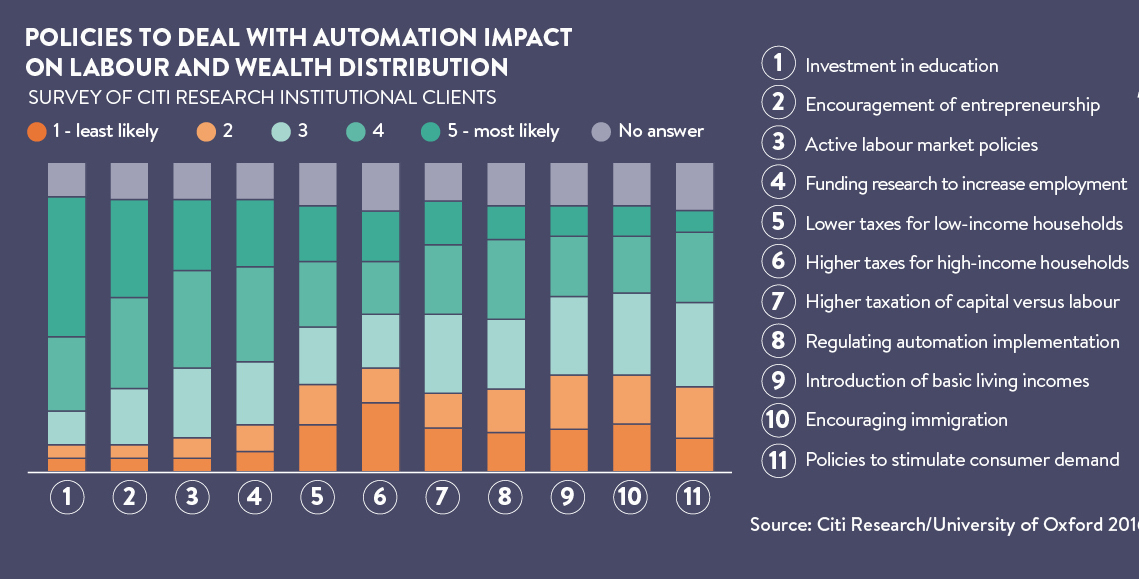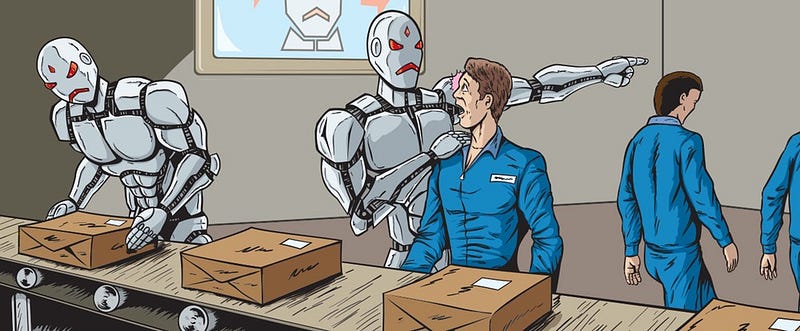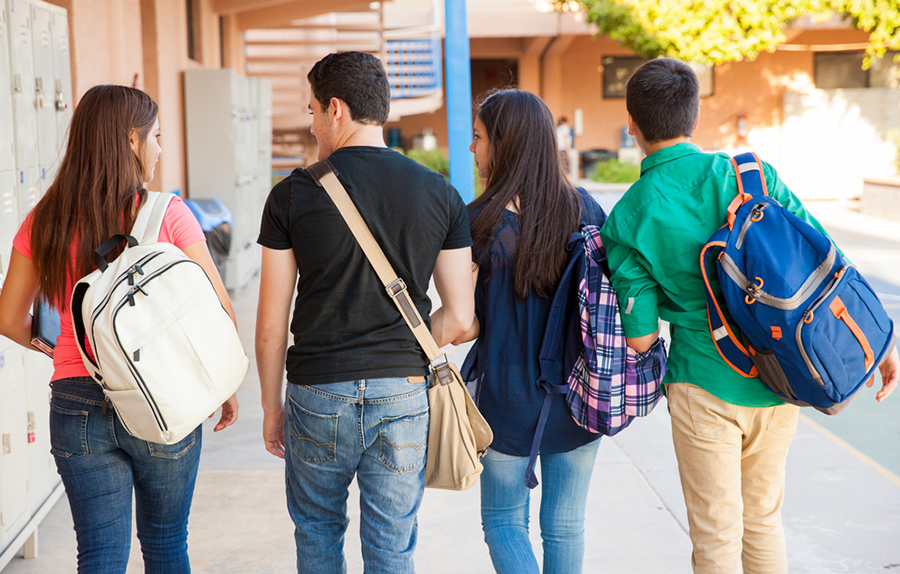Whether you like it or not, times are changing. We are about to be struck with a technological wave capable of completely changing the world. Artificial intelligence and automation are becoming increasingly more capable and applicable to daily life and a variety of industries. Even though the technical-side of these developments can be quite marvelous, they warrant serious concern. The past movements came with significant shifts in the labor forces. As technology made human labor in certain areas obsolete, the excess of workers was moved to other industries. However, that may not be the case this time.

Automation within Industry – Photo Credit
The traditional outlook is that new technology and innovation will create new jobs for all of the people it is taking away from. But, the past is not always an accurate predictor of the future. The First Industrial Revolution was the movement of rural society to an industrial urban one during the 18th and 19th century. The developments included manufacturing and inventions like the steam engine. This was followed by the Second Industrial Revolution which expanded on the industries of the past and brought about major technological advances such as the telephone, light bulb, and the internal combustion engine. The Third Industrial Revolution, also referred to as the Digital Revolution, involved the development of many technologies that we use today, such as the computer, the internet, and much more. Now, we are entering the Fourth Industrial Revolution.

First Industrial Revolution – Photo Credit
Depending on who you ask, we have either already entered it, or we are setting on the doorsteps. Compared to the other movements, the Fourth Industrial Revolution will be more impactful in terms of both breadth and depth. The first movement had a significant overhaul of the manufacturing industry. The second had a little bit more breadth, touching more than just manufacturing, but it was not as impactful to the workforce as the first. Finally, the third movement touched just about everyone, but it did not displace workers to the extent of its predecessors. The fourth movement will have an effect on just about every industry and it will change the workforce like nothing we have ever encountered in the past.
The closest comparison to its breadth would be the invention of the computer, which is now used in virtually every industry. But, it was really only utilized as a tool. Some jobs may have been eliminated thanks to an increase in efficiency, but the computers really could not do the work of a human. Now, we as a society are being faced with technology that could prospectively eliminate as many as 73 million jobs in the United States by 2030. In order to increase production and cut costs to maximize profits, companies will be employing AI solutions and other forms of automation instead of people. So that brings us to two major developments that we will be facing: “enormous wealth concentrated in relatively few hands and enormous numbers of people out of work.”

Probability of Jobs Being Taken – Photo Credit
Assuming the leading researchers are correct, what can be done to offset this new development? As of the moment, there is no definite solution, although there are several prospective ideas floating around. They range from completely doing nothing, which I would argue is not a solution, to a complete restructuring of society. For starters, let’s address what you as an individual can do to ensure that you will have a job. The primary recommendation is that people should look to careers that cannot be automated. These are the careers that require creativity and “cross-domain” thinking. While AI systems can complete high level problem solving, they are not well-suited to develop ideas and make abstract connections. Secondly, the service industry would be another excellent option. Computers really are not equipped to fulfill low level jobs that require “people skills.” There will also most likely be a rise in this service jobs while other jobs are experiencing a reduction.
Still, there will most likely be more jobs eliminated than created. Thus, there is a call to implement greater measures to assist the millions losing employment to the machines. This idea often comes under fire in the United States, but a universal basic income has been gaining more support as the threats of mass unemployment rise. It would be funded by a variety of sources, including an increased taxation of the companies benefiting the most from these technologies in an attempt to offset the massive wealth concentrations. Essentially, this would be a means of allowing people to survive if they cannot find jobs, or subsidize the work of those that are completing volunteer work or have careers that cannot fund the basic necessities.

Public Opinion of Possible Automation Policies – Photo Credit
Most speculations related to AI and automation spell out mass unemployment and doom. There are many prospective solutions out there. We just need to find what is the most realistic and beneficial for everything. However, let’s leave on a more positive note. One idealistic outlook was that this may not be the Fourth Industrial Revolution, but the beginning of something far better. With the increased productivity and automation of nearly every industry, we may be able to reach a point in which society does not need human laborers. It may be possible to reach a point where having a job does not carry the connotations of unemployment, only freedom.







:max_bytes(150000):strip_icc()/bubble-exam-Ryan-Balderas-Eplus-Getty-56a185ff5f9b58b7d0c05c3f.jpg)



